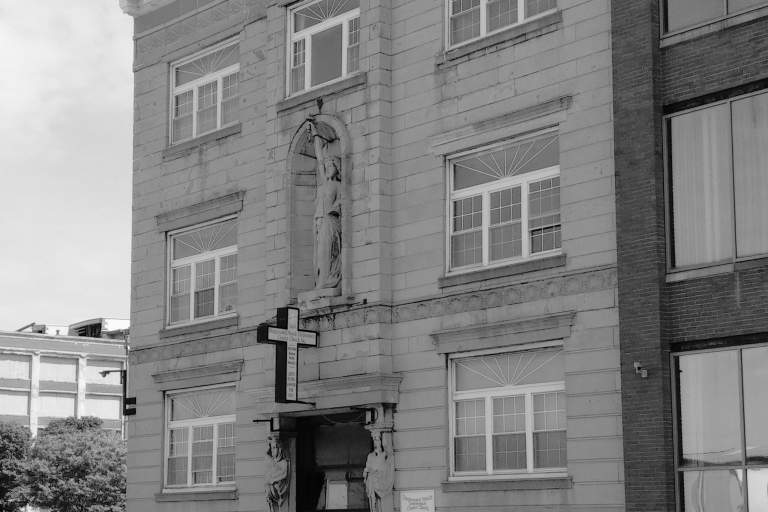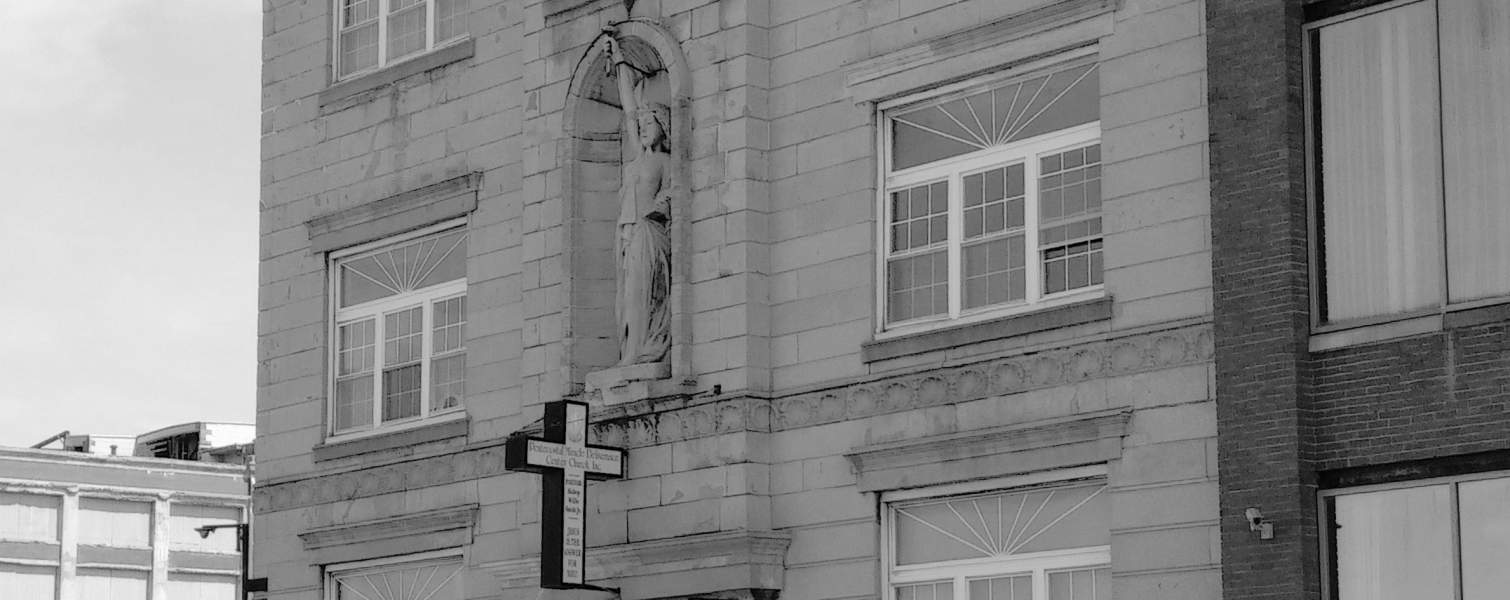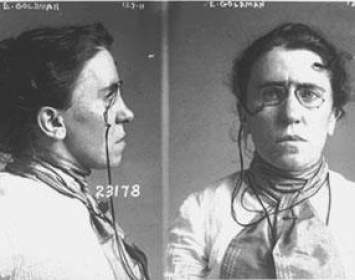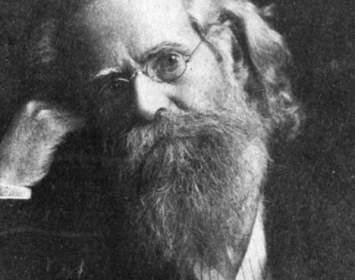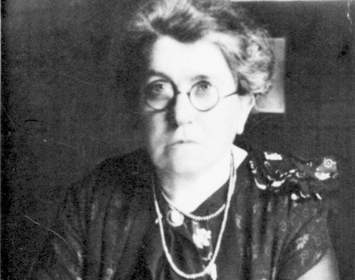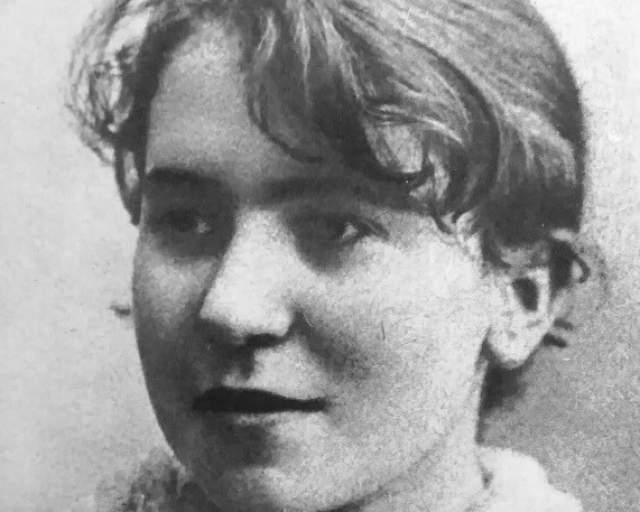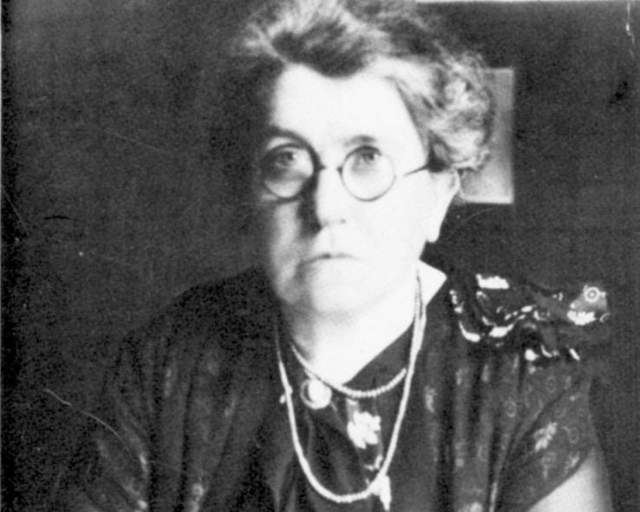Anarchist and sex radical Emma Goldman attended socialist and labor-radical meetings at Germania Hall during her Rochester years (1886–1889). After leaving Rochester and establishing herself as a prominent anarchist, she lectured at the Labor Lyceum once in 1914 and on three successive dates in 1916. Goldman arranged one or more Rochester events on most of her speaking tours so she could visit family still residing in the city.
The Labor Lyceum was devoted to “scientific working-class education.” It began in 1897, sponsoring a weekly discussion group for working people that met in Rochester’s City Hall. The program was expelled in 1911 due to the radical content of some of its discussions. The city’s progressive unions and German community organizations responded, laying the cornerstone on Labor Day (September 12), 1912, and opening the completed three-story building on December 31, 1913. Construction cost about $43,000, including an elaborate façade that included statues of allegorical and mythical figures celebrated by the labor movement.
Weekly discussions resumed in the building’s auditorium; meanwhile, the rest of the structure housed labor union offices, socialist party offices, a cooperative insurance program for workers, and a variety of singing societies and other social groups.
Because of its associations (imagined and otherwise) with anarchist violence, in its heyday the building was mockingly known as “Dynamite Hall.”
In November 1919, Rochester police raided the building in connection with the nationwide Palmer Raids, seizing the library of the Rochester Proletarian Party and arresting three party members who were charged with criminal anarchy.
Politically marginalized, the Labor Lyceum presented its final lecture in 1955. The organization closed its doors before 1960 but continued vestigial operations. In 1976 the city government ruled that the Labor Lyceum no longer served a charitable purpose and revoked its tax-exempt status. Unable to afford higher operating costs, what remained of the Lyceum sold the building to the Pentecostal Miracle Deliverance Church in 1977. That congregation continues to occupy the structure today.
Events. Emma Goldman lectures at the Labor Lyceum included:
- December 21, 1914: “The Birth Strike.” Goldman delivers birth-control and anti-war lecture to a packed house. (The night before, she had delivered a speech condemning America's entry into World War I before an audience of 1,800 at the Victoria Theater.)
- December 17, 1916: “Anarchism and Human Nature: Do They Harmonize?”
- December 18, 1916: "The Educational and Sexual Dwarfing of the Child"
- December 19, 1916: "Free or Forced Motherhood: The Need of Birth Control"
The Building and Site. The building stands today, though it embodies a stark contradiction. Since 1977 it has been a Christian Pentecostalist church, yet its façade is dominated by nineteenth-century labor imagery inspired by paganism. The topmost figure, holding a torch, represents Liberty. To either side of the front entrance, the female figure cradling a sheaf of grain is Demeter (Greek) or Ceres (Roman), goddess of agriculture. The male figure holding a hammer and with tools in his belt represents Hephaestos (Greek) or Vulcan (Roman), legendary blacksmith to the gods.
Thanks to Barry Pateman, Fred Whitehead, Christopher Philippo, and Timothy Binga for research assistance.
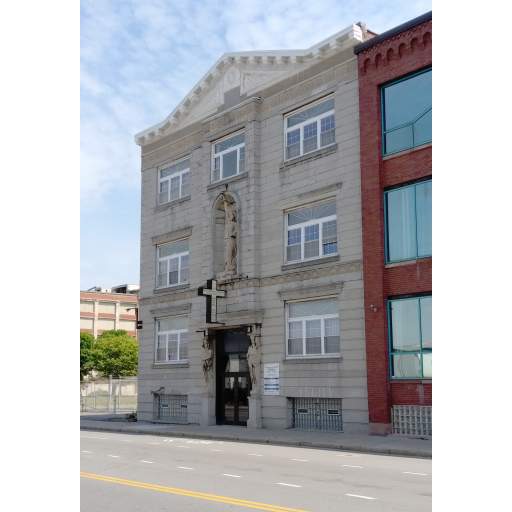
Labor Lyceum
Aside from the lighted cross and the sign attached to the wall, the Labor Lyceum building looks almost exactly as it did when it opened as a radical labor hall in 1913. The three carvings around and above the door depict allegorical or mythical figures revered by the nineteenth-century movement, an ironic feature on a building that has housed a Pentecostalist church for more than forty years.
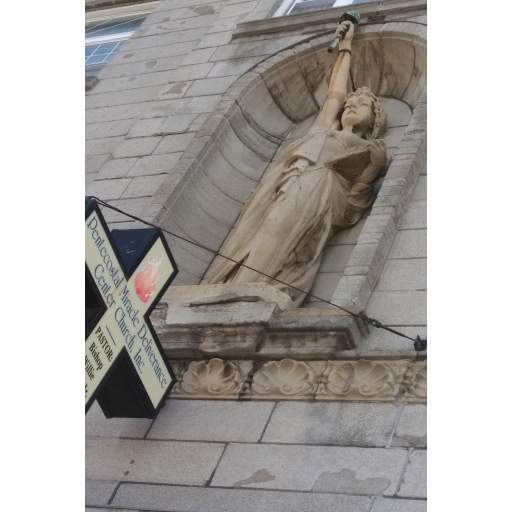
Liberty Statue
This carving represents Liberty, the same allegorical figure celebrated in the Statue of Liberty. Liberty was popular among early twentieth-century labor radicals, especially those of German background.
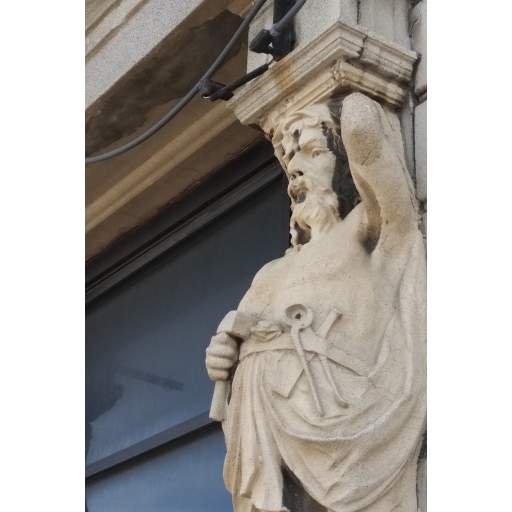
Vulcan Statue
This carving (to one side of the main entrance) represents Vulcan or Hephaestos, mythical blacksmith to the gods. Note the hammer in his hand and the chisel and calipers in his belt. Out of view to the right is a companion carving of Demeter or Ceres, goddess of agriculture, clutching a sheaf of grain.
Those Involved
Associated Historical Events
Emma Goldman's Rochester Years
January 1886–August 1889
Emma Goldman Speaks on 'The Birth Strike'
December 21, 1914
Emma Goldman Speaks on 'Anarchism and Human Nature'
December 17, 1916
Emma Goldman Speaks on 'Free or Forced Motherhood'
December 19, 1916
